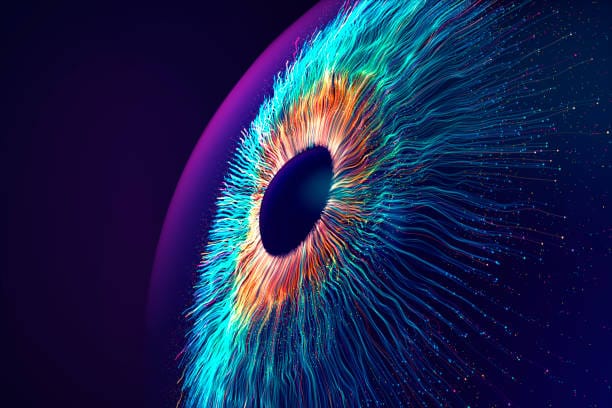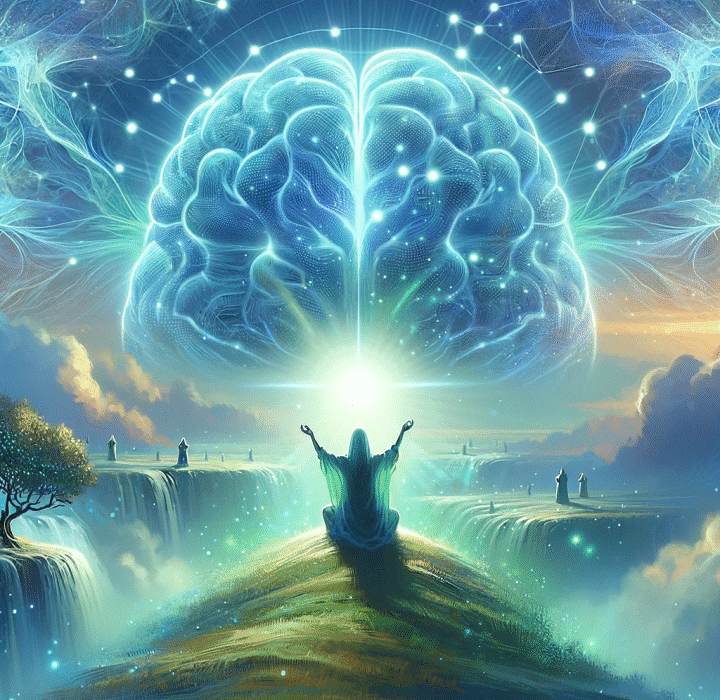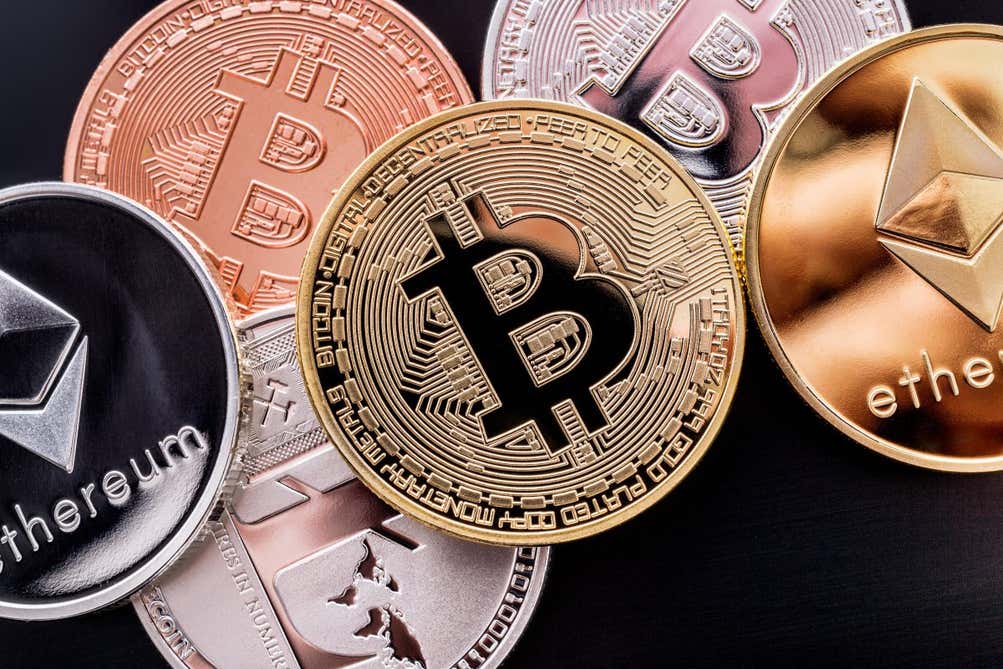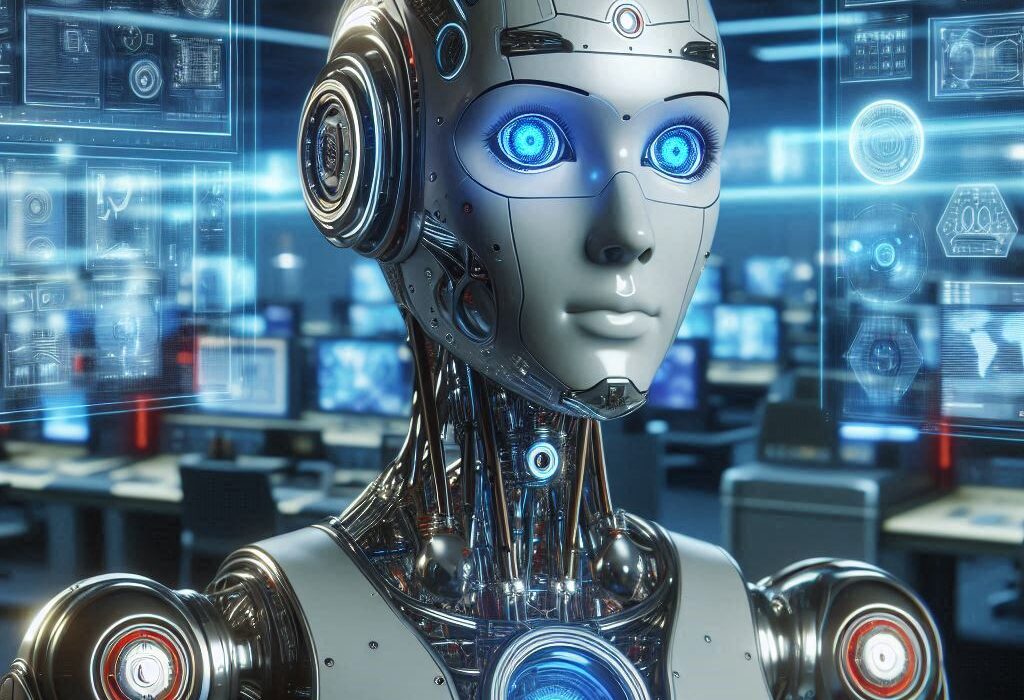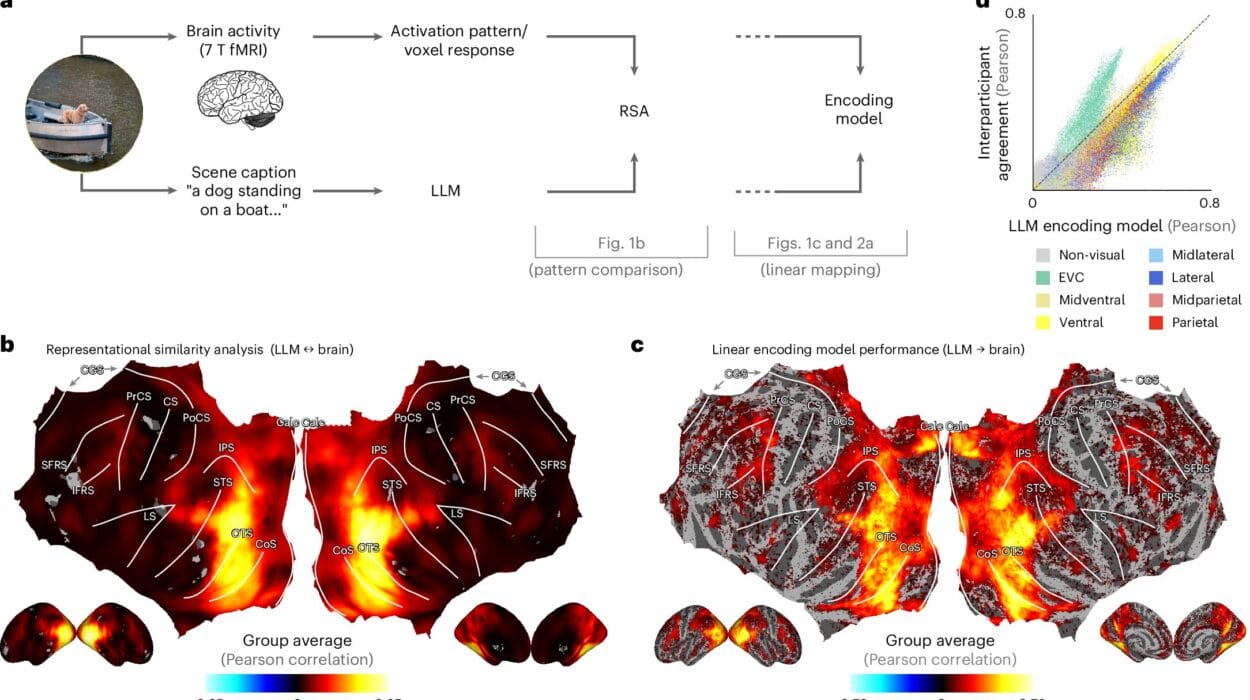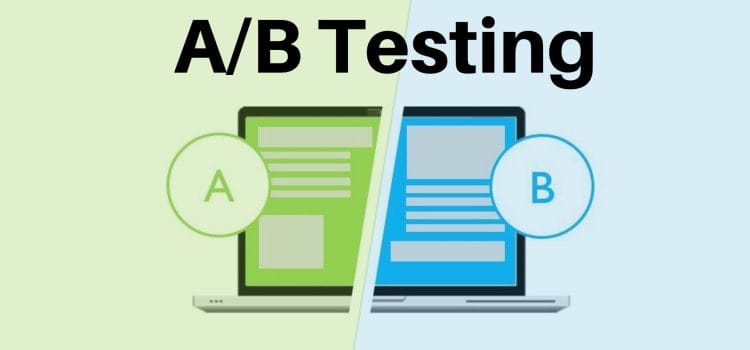You don’t see it. You don’t hear it. You rarely know when it’s there. Yet machine learning is humming softly beneath the surface of your everyday life like an invisible orchestra—adjusting, predicting, understanding, and even feeling. Every time you swipe your phone, tap a recommendation, ask a smart speaker for the weather, or even just type a sentence and watch your spelling correct itself—you are part of an extraordinary, often invisible, story.
This isn’t the future. This isn’t sci-fi. It’s not coming soon.
It’s already here.
And it’s quietly rearranging the architecture of human experience.
From Sparks of Curiosity to the Pulse of Modern Life
To understand the gravity of machine learning’s presence, we must first appreciate its origins. It began as a whisper in the halls of theoretical computer science. In the 1950s, Alan Turing posed a haunting question: “Can machines think?” Decades later, in the shadow of early computing giants, researchers dared to teach computers something even more profound—not just to follow instructions, but to learn from data.
Back then, the idea seemed radical, almost magical. Today, it’s the quiet logic behind Google searches, Netflix suggestions, Uber arrivals, Spotify playlists, and Face ID unlocks. In a world flooded with more data than the human mind could ever comprehend, machine learning is the translator, the interpreter, the guide.
It doesn’t sleep. It doesn’t forget. It improves itself, iteration by iteration, every single moment.
The Personal Algorithm of You
Take your phone. It’s more than metal and glass. It’s a mirror reflecting a portrait of your preferences, shaped through algorithms that understand you more intimately than many humans ever could. Your social media feed isn’t just a timeline—it’s a tailored story. A machine learning model has been trained to recognize your behavior, study your clicks, and quietly build a psychological profile.
When you pause for just a second longer on a cat video or swipe past a political headline, a ripple is sent to a vast neural network. It notices. It learns. It adjusts.
Your music streaming app doesn’t just know what song you like—it senses when you’re nostalgic, restless, or in love. Your map app doesn’t just plot the fastest route—it learns your rhythms, your morning stops, your shortcuts.
These aren’t just conveniences. They are the result of trillions of calculations whispering, “This is who you are, and this is what you might need next.”
A Doctor in the Circuit
In hospital corridors and quiet laboratories, machine learning is becoming the unseen hand in saving lives. Radiology images pass through neural networks that can detect tumors more accurately than the human eye. Algorithms trained on millions of patient records are starting to predict health risks years before symptoms appear.
This isn’t science fiction. This is already happening.
In India, deep learning models are diagnosing diabetic retinopathy in rural clinics with little access to doctors. In the United States, predictive algorithms are helping emergency rooms triage faster, smarter, and more fairly. Across the globe, AI is being used to accelerate drug discovery, model protein folding (as DeepMind’s AlphaFold did), and personalize mental health support.
Medicine has always been personal—but now, with machine learning, it’s becoming precognitive.
The Hidden Brain of Business
If you’ve ever received a personalized coupon from a store you visited once, you’ve seen machine learning’s business instincts in action. Behind every “you might also like” suggestion, every fraud detection alert from your bank, and every real-time pricing change on your airline ticket is a learning system making predictions.
These aren’t just scripts—they are adaptive minds. They understand customer churn, forecast inventory needs, optimize supply chains, and even shape product design.
At Amazon, machine learning determines what you might want before you want it—sometimes even before you know you want it. In financial markets, AI-driven trading bots make decisions in microseconds, analyzing thousands of variables humans could never process. In agriculture, drone-collected data feeds machine learning systems that predict crop yields and recommend irrigation levels with surgical precision.
In these fields, decisions once guided by instinct and experience are now augmented by algorithmic wisdom.
The Language of Machines That Learn to Speak Human
Every time you speak to Siri, Alexa, or Google Assistant, you’re not just giving commands. You’re participating in one of the most profound collaborations in human history: the co-evolution of human language and machine comprehension.
Natural Language Processing (NLP)—a branch of machine learning—has brought us to the doorstep of machines that not only understand our words but grasp their intent, sentiment, and emotion.
Large language models like GPT (yes, the kind writing this very sentence) are trained on oceans of text and billions of interactions. They have absorbed the texture of human expression, the rhythm of thought, the contradiction of feeling.
When you type a question, and a bot answers with eerie fluency, it’s not because it knows facts—it’s because it has learned patterns. Your autocorrect isn’t just fixing spelling. It’s learning your vocabulary, your slang, your style.
Language, once a uniquely human territory, is now a shared space.
When Art Meets Algorithm
Somewhere, a neural network is painting. Another is composing symphonies. Others write poetry, design logos, or generate movie scripts. The realm of creativity, long thought untouchable by machines, is being gently explored by learning algorithms.
These aren’t human minds. They don’t feel heartbreak, joy, or nostalgia—but they can replicate it with uncanny precision. They learn from Beethoven, Picasso, Shakespeare, and Tarantino. And they remix what they learn in ways that surprise even their creators.
In 2022, an AI-generated artwork won a fine arts competition. In music, algorithms are co-writing chart-topping songs. On YouTube, virtual influencers created entirely by machine learning are building massive fanbases.
What does it mean when machines become artists? The question still echoes, but the fact remains: the canvas is now digital, and the brush learns with every stroke.
Learning to Drive Without Eyes
Autonomous vehicles are no longer just experimental prototypes. Tesla’s Autopilot, Waymo’s self-driving taxis, and countless startups are inching closer to a world where cars drive not by sight—but by memory, probability, and prediction.
Machine learning in these vehicles doesn’t rely solely on cameras or radar. It relies on experience—billions of simulated miles driven in digital twins of our world. It remembers patterns of motion, context clues, behavioral quirks of pedestrians.
Every time a self-driving car narrowly avoids a crash or smoothly merges into traffic, it’s not just sensors at work. It’s data. It’s learning. And it’s a monumental convergence of hardware and machine intelligence.
Even before full autonomy arrives, ML is already here—helping cars recognize stop signs, detect fatigue in drivers, optimize fuel efficiency, and predict maintenance issues before breakdowns occur.
We’re teaching cars to think—not because we trust them more than humans, but because they never blink, never drink, and never text behind the wheel.
The Ethical Heartbeat of Machine Learning
With power comes responsibility. And nowhere is that tension more acute than in machine learning. Algorithms are only as unbiased as the data they’re trained on—and human history is full of bias.
Facial recognition systems have been found to misidentify people of color far more frequently. Predictive policing tools, trained on skewed data, can reinforce systemic injustice. Even recommendation systems can form echo chambers, fueling polarization.
There is beauty in a machine that learns. But there is danger too.
That’s why researchers are working tirelessly to build interpretable, transparent models. Ethical AI is not just a buzzword—it is the moral scaffolding of our digital future. As machine learning grows, so too must our awareness, our scrutiny, our humanity.
The most advanced algorithm must still answer to the simplest question: is it fair?
The Quiet Pulse in the Background of Our Lives
It’s easy to forget, with all the jargon—neural networks, regression trees, convolutional layers—that machine learning isn’t just code. It’s the silent symphony behind your morning routine, your midnight scroll, your heart monitor, your passport control.
It’s in your spam filter and your smart fridge. In the stock market and the supermarket. It’s in earthquake prediction models and TikTok dances.
Machine learning isn’t replacing us. It’s reflecting us. Amplifying us. Sometimes it mirrors our best selves—efficient, creative, empathetic. Sometimes, it echoes our flaws.
But always, it learns.
And that is its most human quality of all.
A New Dawn of Co-Creation
The truth is this: we are no longer alone in our creativity, our curiosity, our cognition. We are now partners—with learning machines that never sleep, never tire, never forget.
We write the code. They read the world. Together, we build systems that can predict cancer, translate endangered languages, track wildfires from space, and simulate galaxies.
This is not magic.
This is mathematics meeting experience, data meeting insight. This is machine learning.
And it is quietly powering everything you use today.
